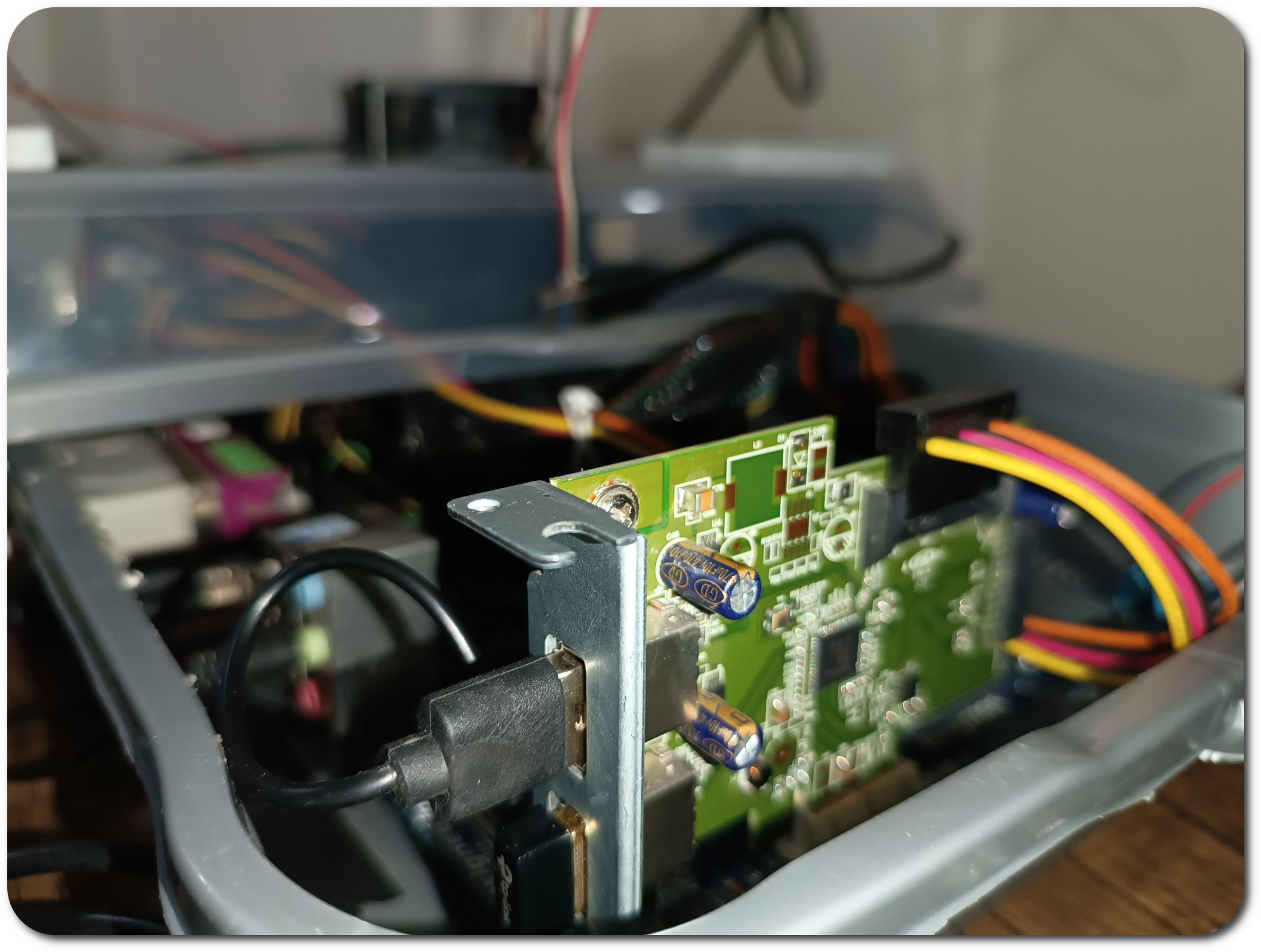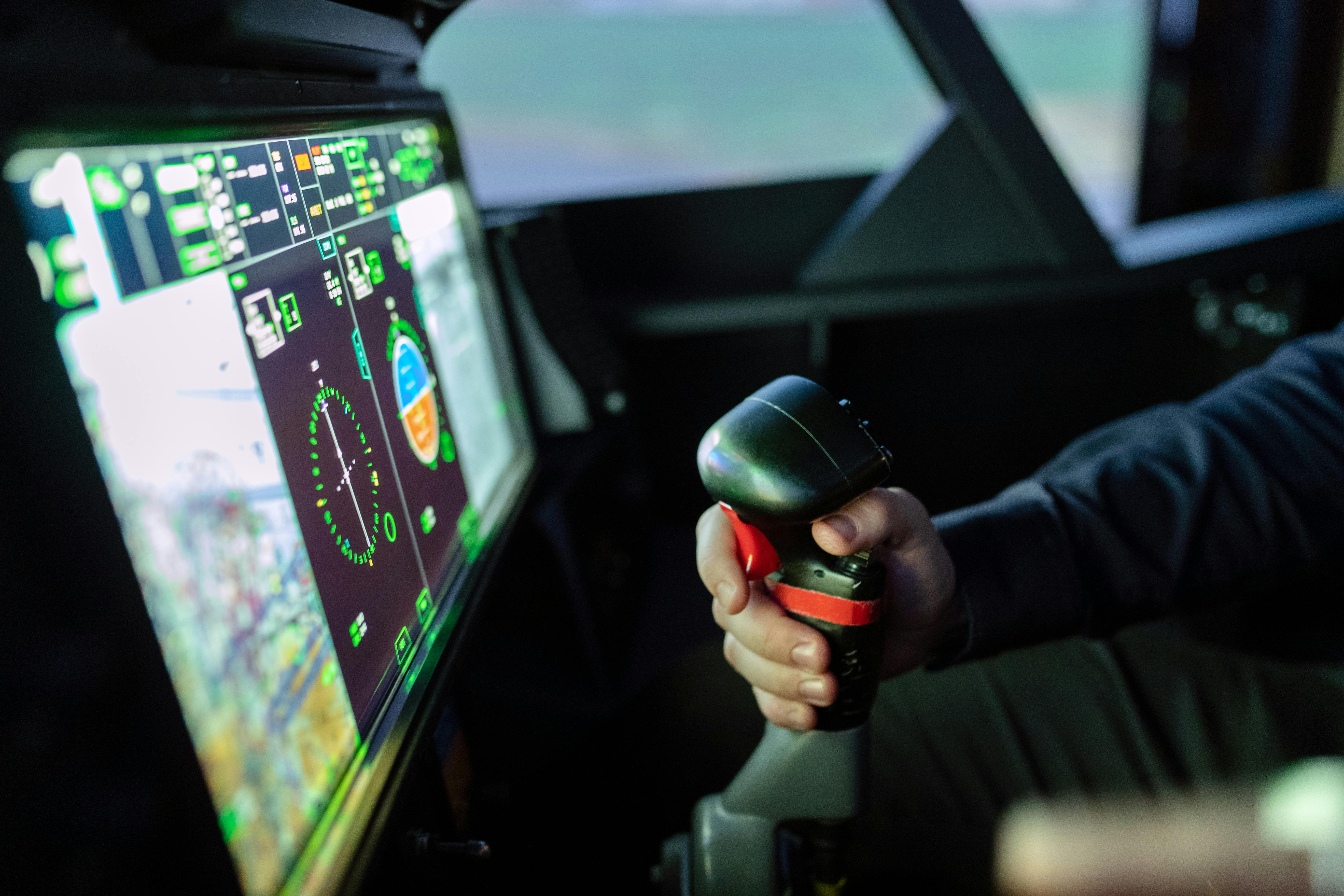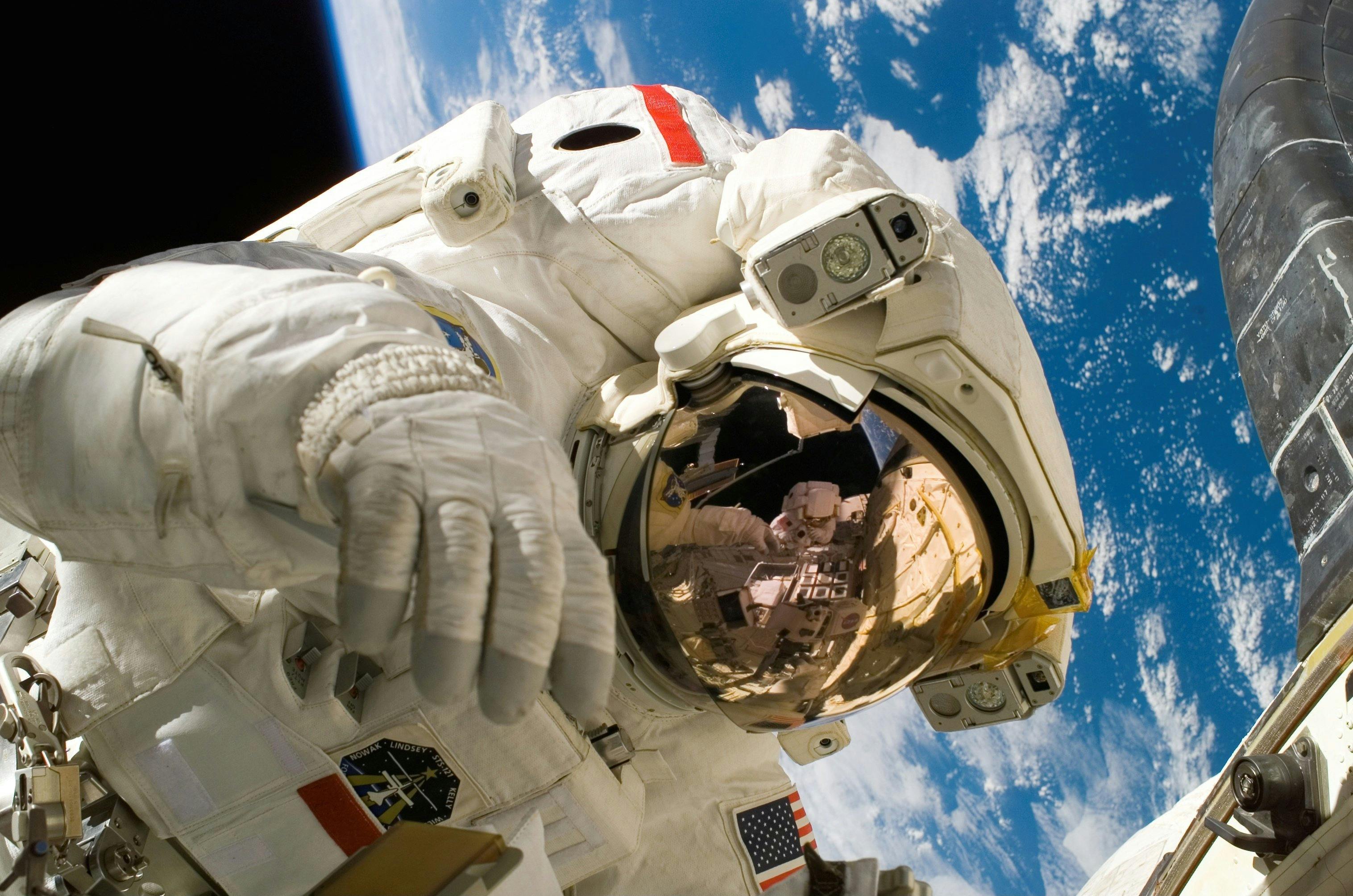HelloTIP122
Created by Pavly G.
A showcase for the use of TIP122 with the avr GPIO.
Topics Covered:
1) TIP122 Electrical Characteristics.
2) TIP122~AtMega32A Connection.
3) Calculating the circuit characteristics.
1) TIP122 Electrical Charachteristics:
Absolute Maximum Ratings |
Electrical charachteristics Test |
|---|---|
 |
 |
2) TIP122~AtMega32A Connection:
This image illustrates the connection between atmega32A GPIO PB2 and TIP122 Base terminal:

3) Calculating the circuit characteristics:

1-Calculating the suitable resistor for the 1v7 RED LED:
Using KVL (Kirchhoff's Voltage Law):
Vcc = V1 + V2 + ....
Vcc = V(LED) + V(RL) + V(CE)
9v = 1v7 + I(c) . R(L)
; Let, I(c) = I(LED-max) = 20mAmps = 20/1000 = 0.02 amps.
Then,
R(L) = (9v - 1v7) / 0.02amps = 365 OHMS.
2-Calculating the total I(c) Current draw when connecting the circuit at the CE terminal:
From these findings:
Voltage Drop across the load resistor "RL" |
Amperage Reading across the CE terminal using the above circuit (I(C)) |
|---|---|
 |
 |
Using Ohm's Law (I = V/R), find the battery current draw (not the same as I(c)) at the CE circuit:
I(draw) = V(RL) / R(L)
= 4v25 / (330 OHMS) = 0.01288 amps.
Finding the BETA (Current Gain) value constructed by this circuit:
- Remove the LED and the Load Resistance as they limit the current draw affecting the I(C) and the recording.
- Calculate I(B) and I(C) and plug them into this equation:
> B = I(C) / I(B) = 0.1amps / 0.8mAmps = 0.1 / (0.8 / 1000) = 125.
The TIP122 Darlington can provide over 1000 hFE as a current gain using the proper current at both the CE circuit and the BE circuit.
Our Features


Distributed Simulation
An overview of distributed simulation systems.

NASA DSES Project
Insights into the Distributed Space Exploration Simulation System project of NASA.

Educational Applications
How educational institutions can benefit from simulation systems.

Scalable Solutions
Implementing scalable solutions for various needs.
Contacts:
Name
Pavly Gerges
pepogerges33@gmail.com
Tel
Address
Egypt, Cairo